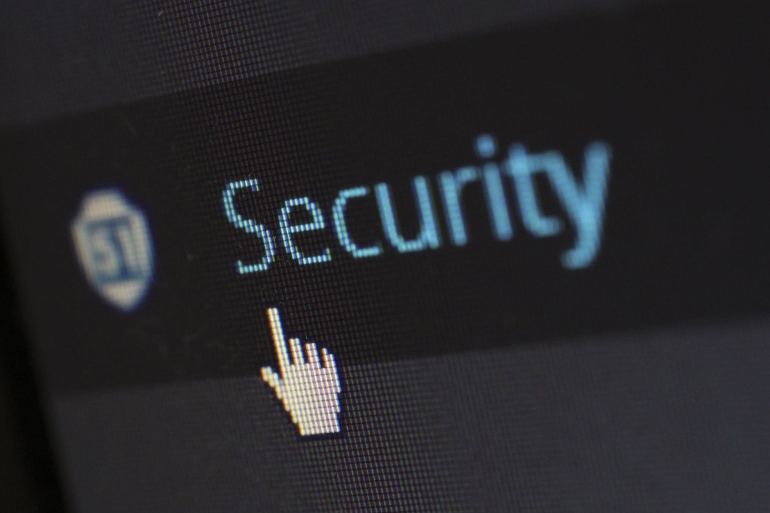It’s a widespread misconception among internet users that deep web and dark web, both are the same, but in reality, it’s not. Although they both have a secretive nature, they both are so different in terms of content and their working. In this article, we are going to talk about both these things thoroughly and also tell you how you can access them safely.
The deep web
The deep web is the part of the internet that shares almost 94-96% part of the overall internet. It stays below the surface and not entirely dark. Despite the fact it is secretive, 90% of its data is readily available for public users.
The dark web is the part of web pages that are not available directly by search engines like Google, Yahoo, and Bing. In clear sense, these pages are not get indexed by them, and the webmasters do it purposely. But most of the web pages in the deep web are covered inside a wall secured with password protections.
An email service is the best example of deep web pages. An email service is available only for the authenticated users with the help of credentials, and inside the wall of login, pages like inbox and outbox are the part of the deep web. Similarly, social media sites and online banking services are the other great examples of the deep web pages.
Who uses Deep Web?
If we talk about the users then because it is the biggest part of the internet and provides a secure way to communicate, it has a vast user base.
From normal users like us use it to make secure communications while the journalists and whistleblowers use it to share top-secrets and classified information of the government to expose them with the help of media. Similarly, other groups use to store data that shouldn’t be available directly for the public, such as legal documents and the records that a company maintains.
If we talk more clearly, then almost every single person who uses the internet connection must have visited this part of the internet.
What’s on the deep web?
Commonly the deep web is used to store the data that shouldn’t be directly available for the users. It means the information is available only for limited users. The users could be anyone. They might have a paid or free membership for the content. In terms of the data, below I’ve mentioned some of the most common types of webpages that use the deep web-
- Email services
- Social media sites like Facebook, Twitter, Instagram
- Online banking services
- Companies private databases
- Scientific and academic databases
- Legal records
- Legal documents
- Streaming and downloading services’ data that are available for limited users only
- Web forums that require registration
The dark web
The dark web is entirely different from the deep web. It is a very tiny part of the web, which hardly shares a 0.5% part of the overall internet. It is mostly infamous worldwide because of illicit activities.
As the deep web, no pages of the dark web is available on the search engines. But on top of that, you can’t even access the dark web pages with regular browsers. Instead, you have to use browsers like Tor or I2P that uses a hidden service protocol called ‘Onion Routing’. The servers of the dark web are entirely undetectable to the search engines and provide complete anonymity to its users while browsing the dark web.
Moreover, it provides complete anonymity to the website publishers as well. All this is possible because of the encryption provided by the onion routing protocol.
Who uses the dark web?
The dark web provides complete anonymity to its users and website publishers. Because of it, it has considerable userbase all around the world. It roughly had 35-40 million users with 100,000+ websites.
The majority of people who use the dark web are the ones who want complete privacy while surfing the internet or the ones who are from the countries having so much web censorship such as China.
The other group of dark web users is the spies, government agents, agencies, police, military officials, etc. These are the ones who use it to make secure communication with others working on the same domain and sharing critical information.
The rest of the dark web users are hackers, cybersecurity experts, criminals and others perform such illegal activities. They use the dark web for fun, making illegal deals, buying and selling illegal stuff, and other similar activities.
What’s on the dark web?
Most of the websites on the dark web are dead now. Yeah, it’s true. Almost 50% of the sites are gone now but still; there are so many websites that contain data that is not possible to share on the regular web. Below I’ve mentioned some categories of websites that you can find on the dark web-
- Forums to discuss things like politics, hidden researches, supernatural elements, and other stuff
- Websites selling illegal stuff
- Anonymous chit chat groups
- Deep dark web forums
How to access deep web and dark web safely
To access the deep web and the dark web securely, you need to follow some tips.
First of all, you need a well-reputed VPN service. If you don’t have one, check out top rated VPNs and get one now. Though we know that Tor is very famous because of the security, it’s better to use a VPN to add an additional layer of protection, and it also encrypts the traffic.
Along with using a VPN, use TAILS OS, which is primarily built for accessing the web anonymously. You don’t need to install it physically on your system; instead, I recommend using the virtual machine like VMWare or VirtualBox to install TAILS OS on your computer. Also, the TAILS OS comes with the Tor browser pre-installed, so you don’t need to worry about Tor installation.
Though if you don’t want to use TAILS OS, you can install Tor directly on your computer. Just install it, connect the VPN and open the Tor browser. That’s it; now you can easily access the .onion websites without any worries of privacy risks.
Verdict
Accessing the deep web or the dark web pages is not difficult, but maintaining your privacy is. If you expose your footprints on the dark web, then it can ruin your life as well. Tor claims to provide enough security, but still, in the past, we saw some incidents where the identity of people got revealed even after using the Tor. That’s why adding a layer of encrypted VPN is a must.
Also, make sure you won’t enter any details that might reveal your identity. Try to avoid making any deal and transaction on the dark web. If necessary, use the bitcoin but never use your credit card details.
With that said, let’s wrap the article. I hope it was helpful to you. If you have any queries, shoot them in the comment section below and our team will try to answer them ASAP.







